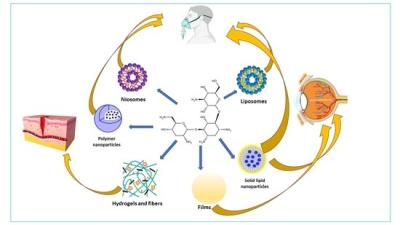Università degli Studi di Pavia - unipv.it
Tobramycin Nanoantibiotics and Their Advantages: A Minireview
Nowadays, antimicrobial resistance (AMR) represents a challenge for antibiotic therapy, mostly involving Gram-negative bacteria. Among the strategies activated to overcome AMR, the repurposing of already available antimicrobial molecules by encapsulating them in drug delivery systems, such as nanoparticles (NPs) and also engineered NPs, seems to be promising. Tobramycin is a powerful and effective aminoglycoside, approved for complicated infections and reinfections and indicated mainly against Gram-negative bacteria, such as Pseudomonas aeruginosa, Escherichia coli, Proteus, Klebsiella, Enterobacter, Serratia, Providencia, and Citrobacter species. However, the drug presents several side effects, mostly due to dose frequency, and for this reason, it is a good candidate for nanomedicine formulation. This review paper is focused on what has been conducted in the last 20 years for the development of Tobramycin nanosized delivery systems (nanoantibiotics), with critical discussion and comparison. Tobramycin was selected as the antimicrobial drug because it is a wide-spectrum antibiotic that is effective against both Gram-positive and Gram-negative aerobic bacteria, and it is characterized by a fast bactericidal effect, even against multidrug-resistant microorganisms (MDR).

